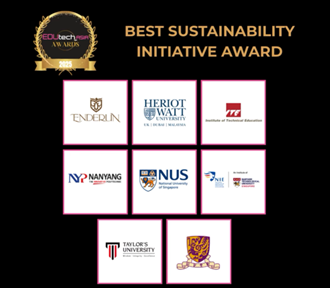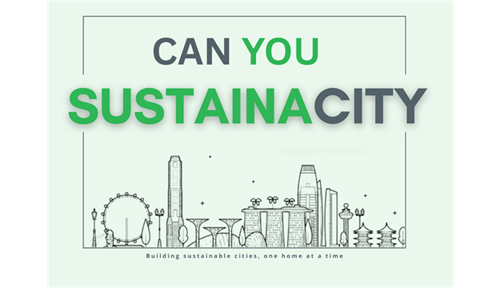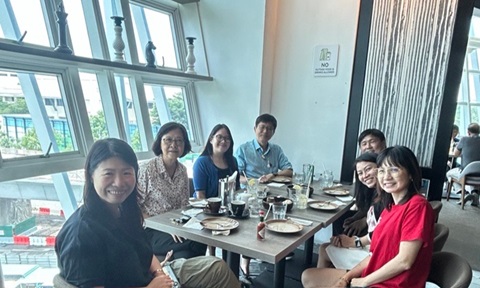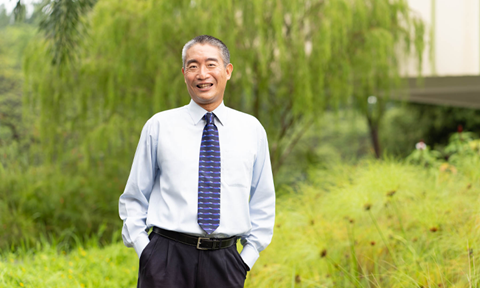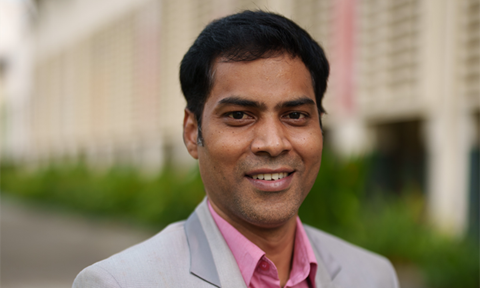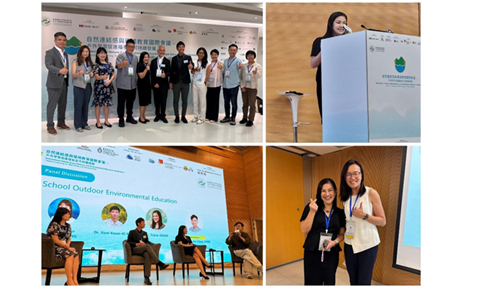This pair of adult educators help people gain confidence by teaching them how to draw
Art studio co-founders Nicola Choo and Tricia Goh decided to pursue graduate studies at NIE NTU to take their craft and method of instruction to the next level
Learning to draw does wonders for a person’s self-efficacy and confidence. Just ask adult educators Nicola Choo and Tricia Goh who have always believed in the transformative power of the visual arts.
They are Singapore’s first and only certified instructors for Drawing on the Right Side of the Brain, a renowned drawing programme for adults by Dr Betty Edwards, from the US.
The two friends started their art studio Drawing Right in 2012 to impart the “magical ability” of drawing to others. To date, they have trained over 2,000 people, who come from all walks of life. Apart from students in the National Institute of Education, Nanyang Technological University, Singapore (NIE NTU, Singapore), where drawing is offered as a general elective, their participants include school educators and corporate executives and leaders.
“We have participants who returned to share how the ‘magic’ of being able to learn drawing – something they’d previously thought impossible – helped them gain confidence in trying new things in life,” says Ms Goh.
“This is what gets me excited – the possibility to change people’s self-perception,” she adds.
Intrigued by how learning to draw develops not just perceptual-cognitive skills, but also emotional-intelligence skills, Ms Choo sees a correlation between personal mastery, leadership development and drawing.
In order to learn to draw realistically, participants have to change the way they observe and perceive their surroundings, she explains. And as they apply these skills and experience real and immediate change in their drawings, they realise that they have the ability to master something previously thought impossible. This firsthand experience helps to transform their mindsets as they begin to see how as leaders, they can create change for others the same way they did for themselves.
Learning through art
Ms Choo and Ms Goh, both 41, decided to embark on further studies at NIE in 2016 and 2018 respectively. Ms Choo pursued a Master of Arts (Educational Management) (MAEM), and Ms Goh did a Master of Education (Art) (MEd (Art)). Both picked NIE as it is known for teacher education and educational research.
MAEM is designed for individuals who hold management positions in the education service or have managerial experience from other learning and training enterprises; while the MEd (Art) specialisation provides students with theoretical and practical knowledge, and skills for developing a visual arts curriculum and pedagogy for schools.
Ms Goh’s interest in cognitive neuroscience and cognitive psychology was piqued after she attended a Learning and the Brain conference in San Francisco.
“I became interested in updating and deepening my knowledge in instructional design. I wanted to better understand how learning happens, how it affects our brains, and how people can learn to learn,” she says.
To do that, teachers have to first understand that every person processes information differently, and then be able to use the appropriate and personalised learning and teaching strategies to support the learning process.
Ms Choo’s classmates include leaders, administrators, and training and development professionals from a variety of industries – healthcare, higher education and defence science and technology.
Ms Goh says the MEd (Art) programme had an interesting mix of “learning and researching through an arts-based approach”.
“Learning through art is about broadening our understanding of how we make sense of the world, and challenging the ideas that power our decisions. We then articulate and develop these ideas through both written and visual representations,” she explains.
She adds that whilst research is often thought of as experiments in a laboratory or surveys being conducted, arts based research offered at NIE allows the researcher to discover new knowledge through an arts inquiry process. Like a researcher, the artist starts with a question, and begins a process of inquiry. And just as a scientist would present findings from a study, the artist creates art in various visual or material forms, which can then be interpreted as evidence.
Ms Choo says the MAEM programme has given her a bigger picture of education and how current affairs and trends impact the way educators think and teach. She is now more critical about the way she plans her instruction to facilitate better engagement with learners and to make learning more meaningful for them.
For instance, apart from the teaching of concepts and methods, she also tries to create an awareness of issues that arise from globalisation such as increased competition for and mobility of talent.
Ms Choo says: “I’ve observed that making leaders aware of how the market and context have evolved helps them to better understand the need for change, which makes them more receptive to new ideas and methods backed by research.
“Providing them with information about the world and the future of work helps them to understand the importance of effectively engaging their people to ensure a sustainable culture, and future.”
Find out more about NIE’s graduate programmes.
Read the original article here.
Source: The Straits Times © SPH Media Limited. Permission required for reproduction


